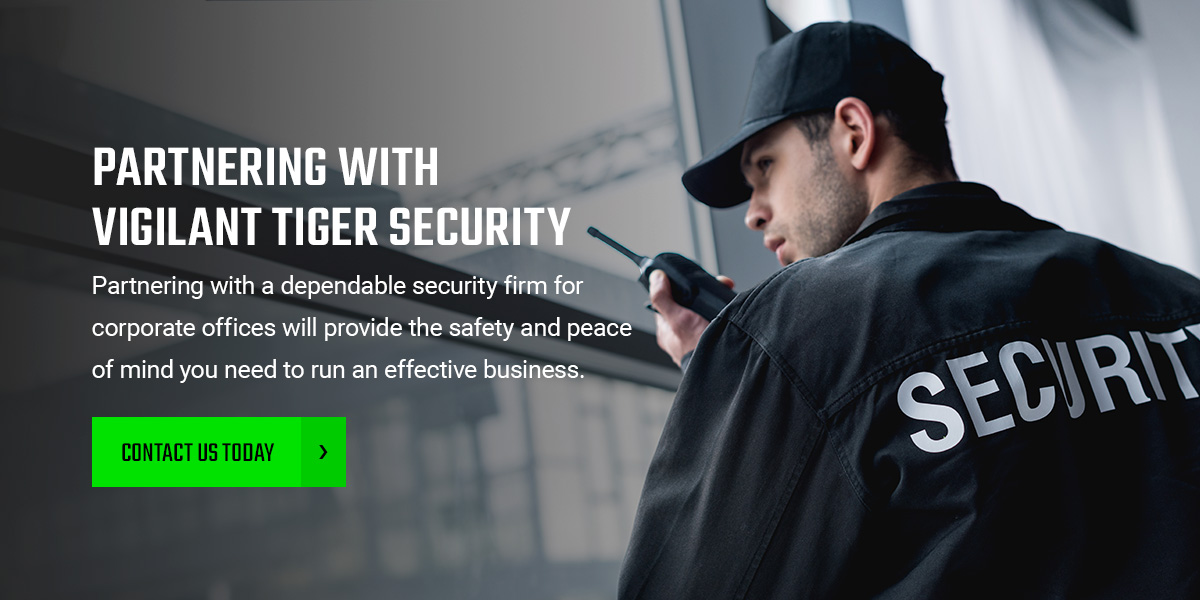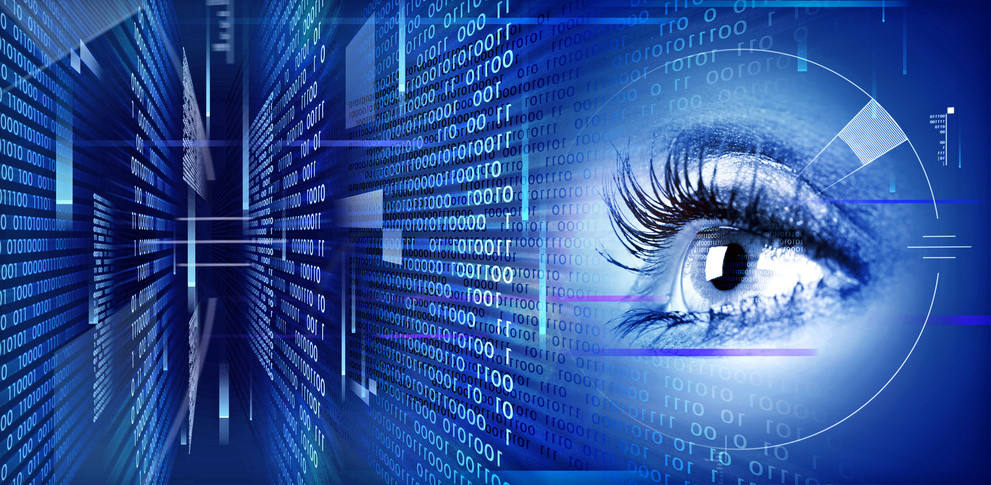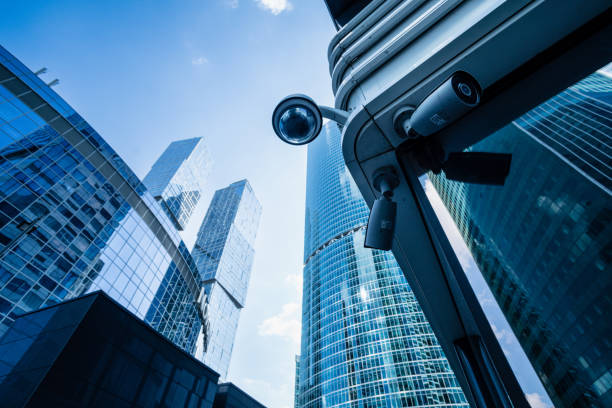Safeguarding Success: A Deep Dive into Corporate Security Methods
Wiki Article
From Cybersecurity to Physical Measures: Reinforcing Business Protection in a Transforming Globe
By incorporating the staminas of both cybersecurity and physical protection, business can produce an extensive protection technique that deals with the varied variety of hazards they face. In this conversation, we will certainly check out the altering danger landscape, the requirement to integrate cybersecurity and physical safety and security, the implementation of multi-factor authentication actions, the significance of worker understanding and training, and the adaptation of safety and security actions for remote labor forces. By checking out these vital locations, we will certainly get useful insights right into exactly how companies can enhance their business safety in an ever-changing world.Understanding the Transforming Risk Landscape
The developing nature of the modern globe demands a thorough understanding of the altering threat landscape for reliable company protection. In today's interconnected and digital age, risks to business security have actually become a lot more intricate and advanced. As technology breakthroughs and businesses become increasingly reliant on electronic facilities, the possibility for cyberattacks, data violations, and other protection violations has actually substantially increased. It is critical for companies to remain informed and adjust their security measures to attend to these evolving dangers.One key element of comprehending the altering danger landscape is recognizing the various types of threats that companies encounter. Furthermore, physical hazards such as theft, vandalism, and corporate espionage remain widespread concerns for companies.
Monitoring and evaluating the threat landscape is vital in order to determine potential threats and vulnerabilities. This entails remaining updated on the newest cybersecurity fads, analyzing hazard knowledge reports, and performing normal danger assessments. By recognizing the transforming hazard landscape, companies can proactively carry out appropriate safety and security steps to minimize threats and safeguard their assets, reputation, and stakeholders.
Integrating Cybersecurity and Physical Safety And Security
Incorporating cybersecurity and physical safety is vital for detailed business protection in today's electronic and interconnected landscape. As companies progressively depend on innovation and interconnected systems, the limits in between physical and cyber dangers are coming to be obscured. To efficiently safeguard against these risks, a holistic technique that combines both cybersecurity and physical protection actions is crucial.Cybersecurity concentrates on shielding digital possessions, such as networks, information, and systems, from unapproved accessibility, disruption, and burglary. Physical security, on the other hand, incorporates measures to protect physical possessions, individuals, and facilities from vulnerabilities and threats. By integrating these 2 domain names, companies can address susceptabilities and hazards from both physical and digital angles, thereby improving their general protection stance.
The assimilation of these 2 disciplines allows for a much more extensive understanding of security risks and enables a unified reaction to events. For instance, physical accessibility controls can be boosted by incorporating them with cybersecurity procedures, such as two-factor authentication or biometric identification. Cybersecurity steps can be complemented by physical safety and security measures, such as security electronic cameras, alarm systems, and protected access points.

Carrying Out Multi-Factor Verification Steps
As companies progressively focus on comprehensive safety actions, one reliable method is the application of multi-factor verification measures. Multi-factor verification (MFA) is a safety approach that needs individuals to supply multiple types of recognition to access a system or application. This approach adds an additional layer of defense by combining something the individual understands, such as a password, with something they have, like a finger print or a safety token.By implementing MFA, organizations can significantly improve their safety and security pose - corporate security. Traditional password-based authentication has its restrictions, as passwords can be conveniently compromised or forgotten. MFA mitigates these risks by adding an extra authentication element, making it a lot more tough for unapproved people to gain accessibility to delicate information
There are several types of multi-factor authentication methods readily available, consisting of biometric verification, SMS-based confirmation codes, and equipment symbols. Organizations require to assess look at here now their specific needs and pick one of the most ideal MFA service for their needs.
Nevertheless, the application of MFA ought to be meticulously prepared and performed. It is crucial to strike a balance in between security and usability to protect against customer stress and resistance. Organizations should likewise consider possible compatibility problems and offer ample training and assistance to make sure a smooth transition.
Enhancing Staff Member Recognition and Training
To strengthen company safety, companies must prioritize enhancing staff member awareness and training. Many safety and security violations occur due to human error or absence of recognition.Effective worker understanding and training programs must cover a vast array of topics, including data security, phishing strikes, social engineering, password hygiene, and physical safety actions. These programs should be tailored to the specific needs and obligations of various staff member duties within the company. Routine training simulations, sessions, and workshops can assist workers establish the required skills and understanding to determine and respond to security risks successfully.
Furthermore, organizations ought to urge a society of safety and security recognition and give continuous updates and pointers to maintain workers informed concerning the most recent dangers and mitigation methods. This can be done with internal interaction channels, such as newsletters, intranet sites, and e-mail campaigns. By promoting a security-conscious workforce, companies can substantially reduce the likelihood of safety and security cases and safeguard their important properties from unauthorized accessibility or compromise.

Adapting Safety And Security Actions for Remote Workforce
Adapting business safety procedures to suit a remote labor force is vital in guaranteeing the defense of delicate information and assets (corporate security). With the enhancing pattern of remote job, companies must implement appropriate safety and security actions to minimize the threats connected with this brand-new means of functioningOne critical facet of adjusting security steps for remote work is developing safe and secure communication channels. Encrypted messaging platforms and online personal networks (VPNs) can assist protect sensitive information and prevent unapproved accessibility. In addition, companies must implement the use of strong passwords and multi-factor authentication to enhance the security of remote accessibility.
One more crucial consideration is the application of protected remote access options. This includes offering staff members with safe access to company sources and data through online desktop infrastructure (VDI), remote desktop protocols (RDP), or cloud-based remedies. These modern technologies make certain that view it now delicate information continues to be secured while enabling employees to execute their duties successfully.

Last but not least, extensive safety understanding training is crucial for remote workers. Training sessions must cover ideal techniques for securely accessing and managing sensitive information, determining and reporting phishing efforts, and maintaining the overall cybersecurity health.
Verdict
In conclusion, as the risk landscape remains to develop, it is critical for organizations to enhance their safety gauges both in the cyber and physical domain names. Incorporating cybersecurity and physical security, implementing multi-factor authentication measures, and enhancing employee recognition and training are essential actions towards achieving durable company safety and security. In addition, adjusting safety steps to accommodate remote labor forces is essential in today's altering globe. By carrying out these procedures, organizations can reduce risks and protect their beneficial properties from prospective dangers.In this discussion, we will certainly explore the transforming risk landscape, the need to incorporate cybersecurity and physical safety, the application of multi-factor authentication actions, the significance of employee awareness and training, and the click adjustment of safety and security actions for remote workforces. Cybersecurity actions can be matched by physical safety and security actions, such as surveillance electronic cameras, alarms, and safe and secure access factors.
As organizations progressively focus on extensive protection steps, one reliable approach is the application of multi-factor verification measures.In final thought, as the hazard landscape continues to progress, it is crucial for organizations to enhance their safety gauges both in the cyber and physical domains. Integrating cybersecurity and physical safety, applying multi-factor authentication procedures, and boosting staff member awareness and training are vital actions in the direction of achieving robust company security.
Report this wiki page